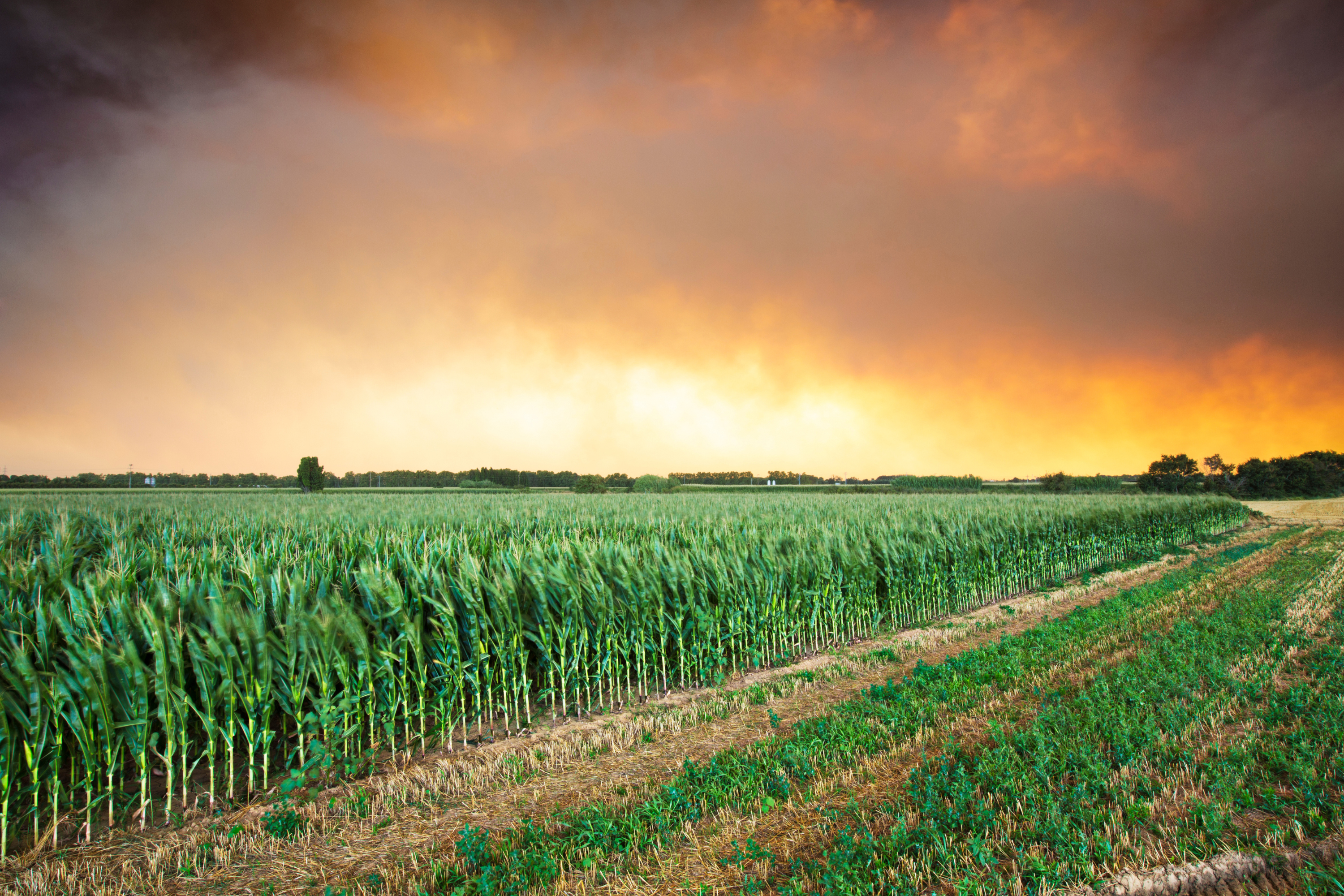Home
Barn Owl Blog
Understanding the Emergency Conservation Program (ECP): Restoring Farmland After Disaster

Understanding the Emergency Conservation Program (ECP): Restoring Farmland After Disaster
The Emergency Conservation Program (ECP) is a federal initiative managed by the USDA’s Farm Service Agency (FSA) that helps farmers and ranchers repair and restore farmland damaged by natural disasters. ECP provides cost-share assistance to address conservation issues that threaten the productive capacity of the land or endanger the environment.
Disasters such as floods, hurricanes, wildfires, droughts, or tornadoes can severely damage fences, water systems, fields, and soil structures. ECP is designed to help producers recover by sharing the cost of emergency repairs and conservation work.
How ECP Works
ECP provides financial assistance to cover a portion of the cost of rehabilitation efforts. Eligible practices include removing debris, restoring fences, grading and shaping land, and installing water conservation measures during drought. The program typically covers up to 75% of the cost of approved restoration activities. In some limited-resource or socially disadvantaged cases, the program may cover up to 90%.
The goal is not only to help producers get back to normal operations but also to prevent further degradation of farmland or environmental harm.
Eligibility and Covered Practices
Eligible applicants must own or lease farmland that has been damaged by a natural disaster. The land must be physically located in a county that has received a disaster designation, or the damage must meet FSA's threshold for natural disaster impact.
Common eligible ECP activities include:
-
Removing flood debris from fields
-
Restoring conservation structures like terraces or waterways
-
Repairing or replacing damaged fencing
-
Installing emergency water sources or systems for livestock during drought
-
Reseeding pastureland destroyed by fire or erosion
Real-World Example: Ranch in Oklahoma After Wildfire Damage
In 2022, a large wildfire swept through parts of Oklahoma, destroying hundreds of acres of grazing land and miles of fencing on a family-owned cattle ranch. Without fencing or available forage, the ranchers faced immediate operational and safety concerns.
They applied for ECP through their local FSA office. After assessing the damage, the FSA approved cost-share assistance to replace perimeter fencing and reseed the burned pasture. The funding covered 75% of the cost, allowing the ranchers to quickly restore grazing access and protect their remaining herd without exhausting their financial reserves.
Key Benefits of ECP
-
Provides cost-effective relief to repair disaster-damaged farmland
-
Restores the productivity and conservation value of agricultural land
-
Encourages rapid recovery and prevents long-term soil or infrastructure damage
-
Supports both crop and livestock operations affected by disaster events
How to Apply for ECP
Farmers and ranchers should contact their local USDA FSA office as soon as possible after discovering disaster-related damage. An FSA representative will assess the damage and help producers complete an application. It's important not to begin repair work until the land is inspected and eligibility is confirmed, unless emergency repairs are necessary to prevent further loss.
Applicants must provide cost estimates, maps, and documentation of the damage. If approved, work must be completed within program guidelines, and payments are issued once the work is verified.
Conclusion
The Emergency Conservation Program is a valuable recovery tool for agricultural producers dealing with the aftermath of natural disasters. The Oklahoma wildfire example illustrates how ECP can help cover substantial restoration costs, allowing producers to recover quickly and sustainably. For those managing farmland vulnerable to weather and environmental risks, ECP offers critical support in protecting long-term land productivity and viability.
Up next: Understanding Crop Insurance Disaster Coverage: A Vital Safety Net for Farmers
Share


